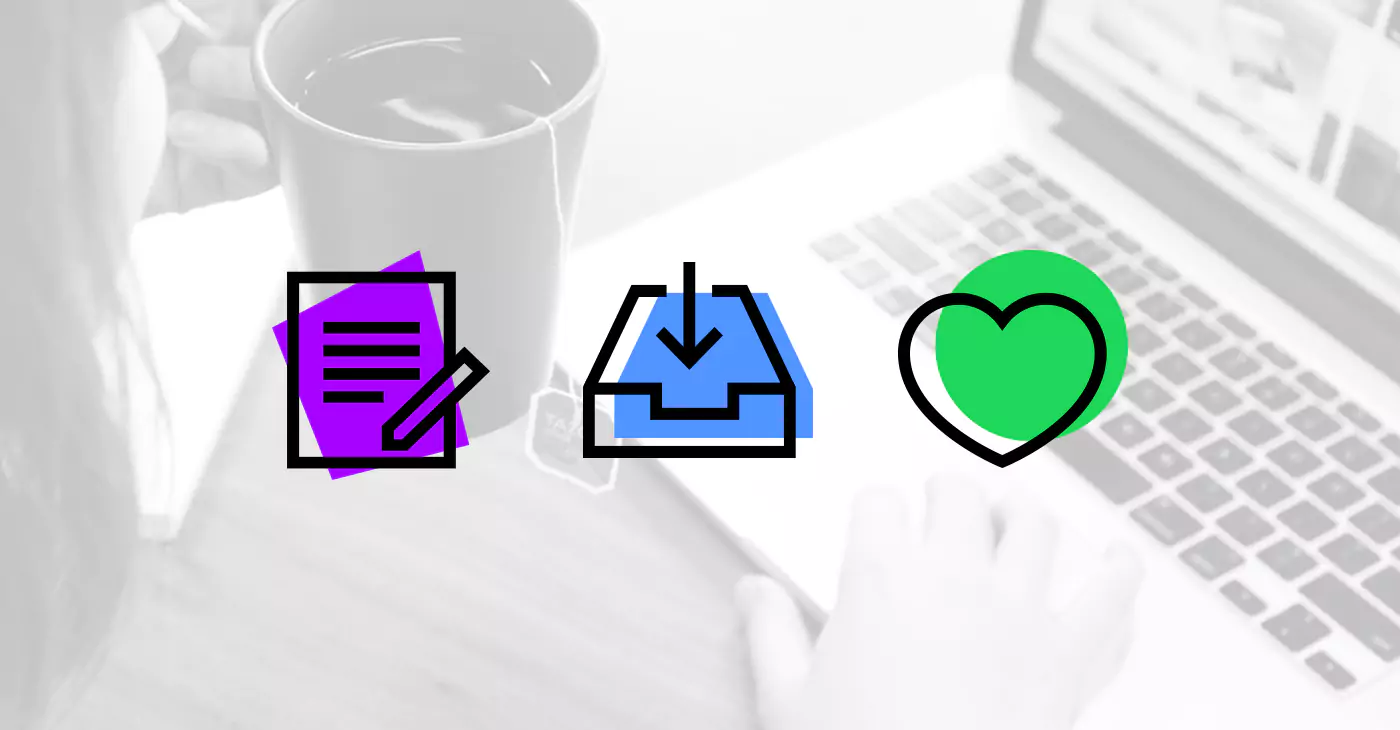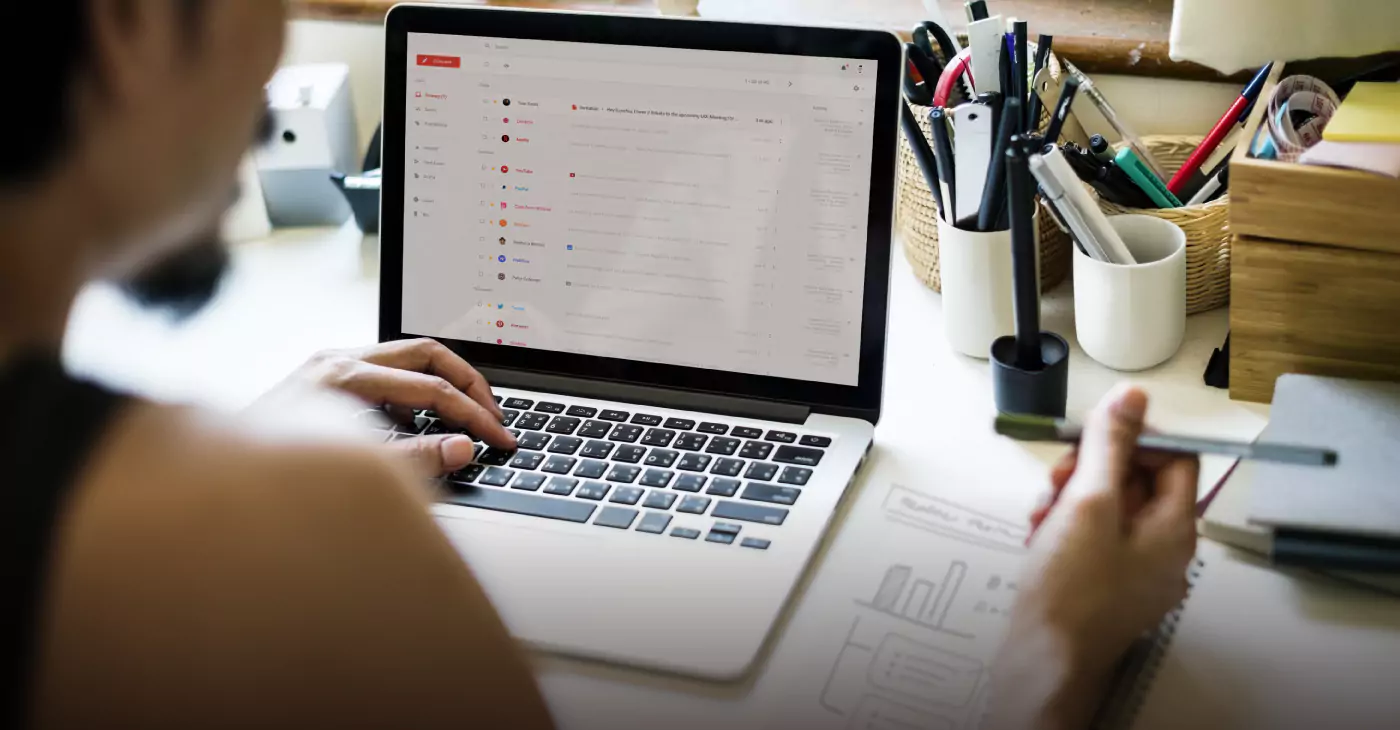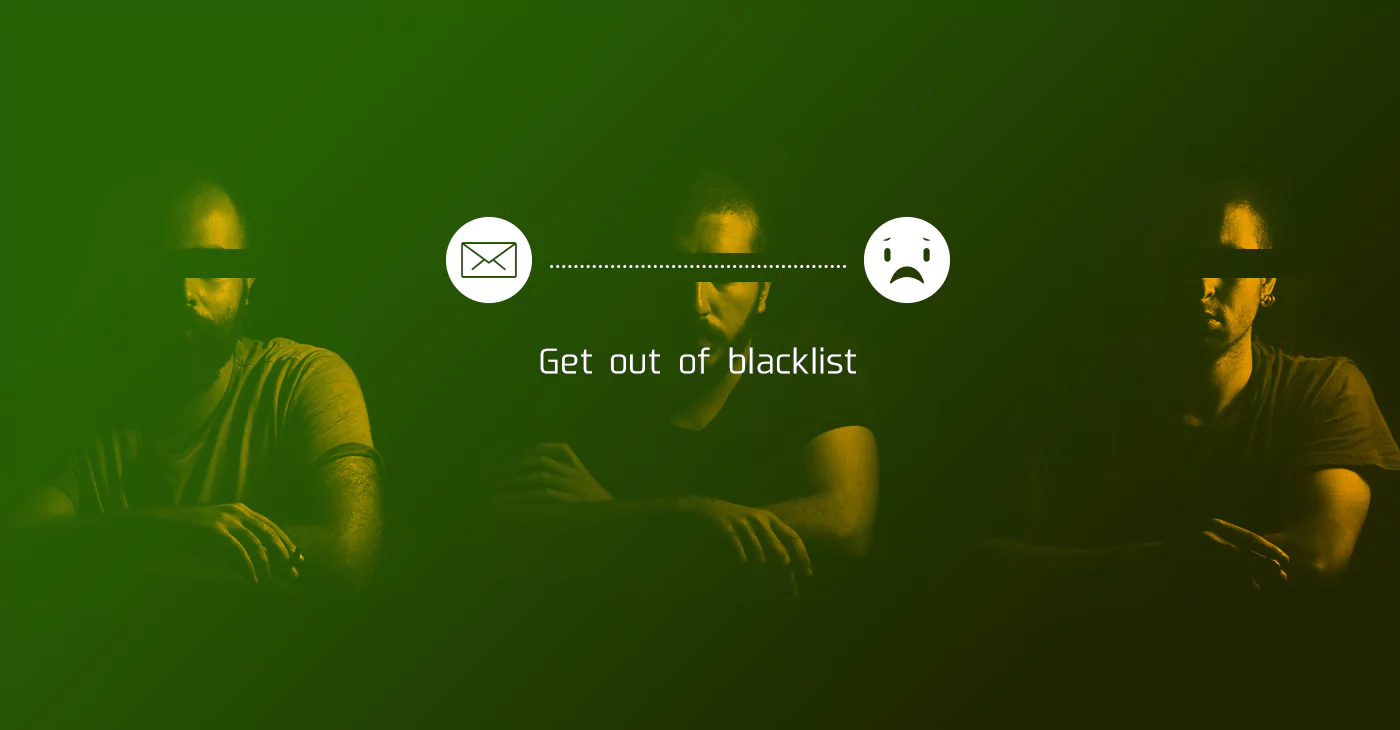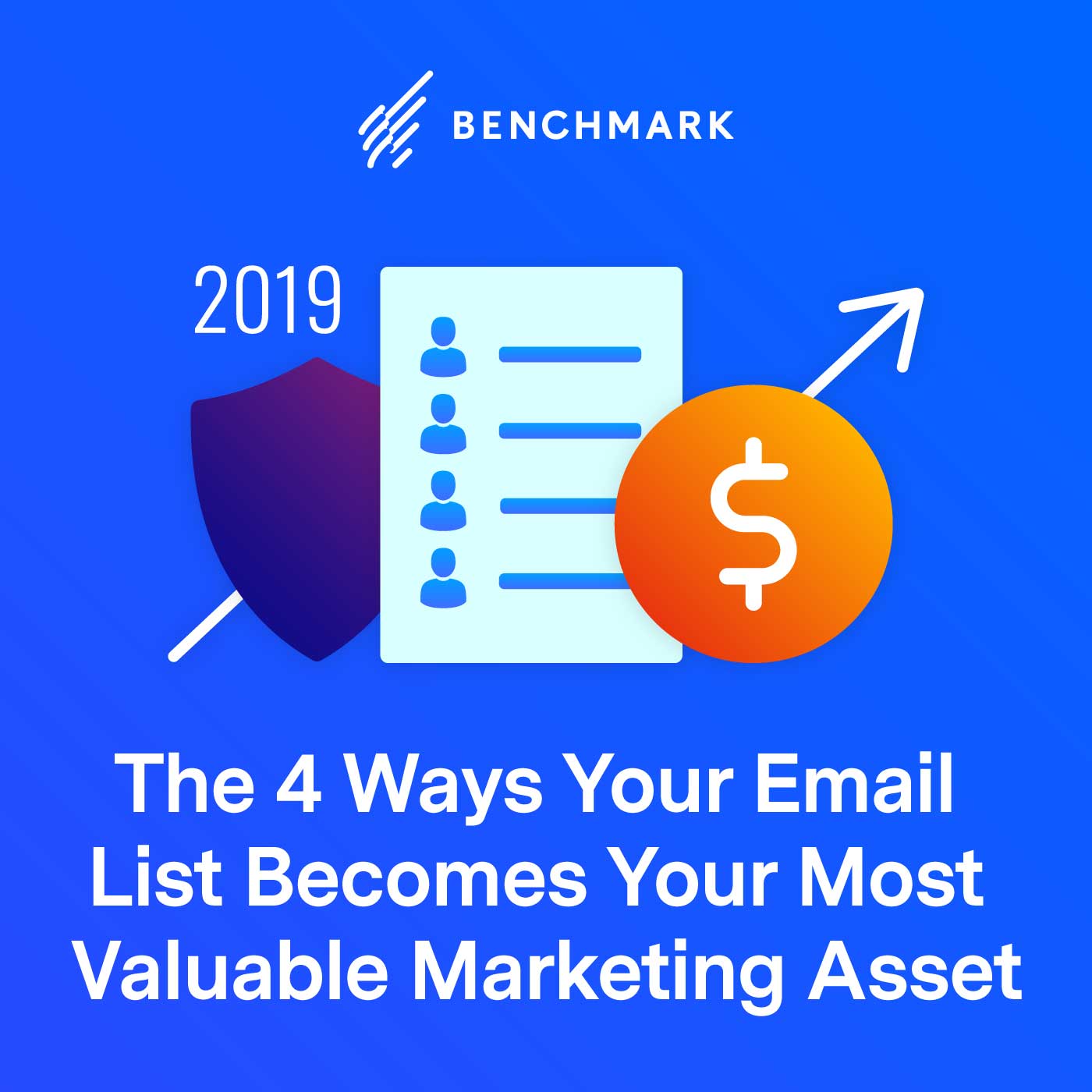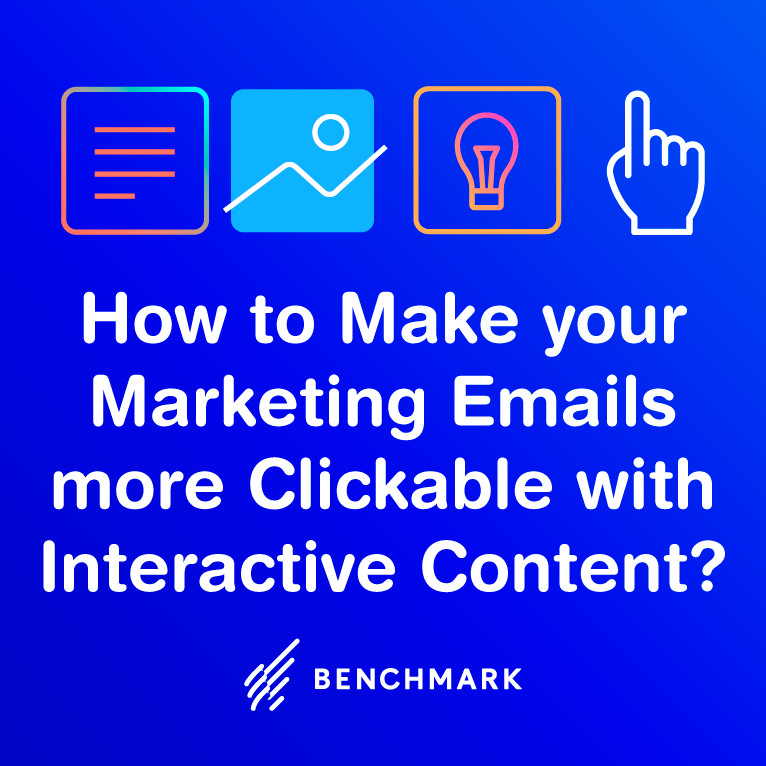Your marketing department isn’t the only one with its ear pricked up at the start of a new year. The same can be said of your demographic. Since the holidays are far behind in a rear view mirror, and now that people have had the chance to settle into the rhythm of a new year, they’re not ready to listen to you. This is the time of year that’s ripe for capturing email subscriptions through an aggressive social media strategy that pushes out targeted content. So our focus now is what to make sure you’re harnessing the full potential of the email sign up form.
Standard issue content forms come asking you basic info such as name and email. Smarter ones will ask for your location, gender and even specific interests from a small field of choices. The reason for this is that it allows you to later segment your email campaigns.
Still, the goal of any email marketing campaign – or at least it should be – is to send personalized content that kindles an intimate conversation with your subscriber…without you actually having to have that conversation. Say your subscribers come to your website for anywhere between 3-7 reasons, but definitely not for another reason that some other subscriber flocks to you. It’s crucial to ask what interests them, and have multiple field options, so you can automatically drop each new subscriber into several slots.
Subscriber A might be interested in reasons number 1-5 and Subscriber B could just be there for reasons 5-7; another subscriber could be there for just reason number 4 and be vehemently disinterested in any other reason.
With that info, you’ll be bombarding your subscribers with irrelevant (and maybe even offensive) content if you send blanket email campaigns. By knowing who likes what, you can craft content around those interests and plan to send out campaigns that automatically cater to the demographic. Your subscribers have gotten personalized content that, if they social share it with their network, will show that you’re thinking about the customized needs of your audience. The strategy reaffirms that you’re listening to and catering to what your audience wants.
First, you have to figure out what your audience wants.
Five Prime Locations For Your Email Sign-up Form
Now that you’ve optimized your email sign-up form, the next task is making sure you’re taking full advantage of its placement. For starters, place it in more than just one spot. Typically, you’ll see email sign up forms placed in the top right hand corner of a page or on the footer. The rule of thumb is to do both – but don’t stop there. Have a well-written pop up for new visitors when they arrive at your page.
There are two lesser known places that most people miss the mark on when it comes to positioning your email sign up form. These spots are where your audience is most invested in what you have to offer and therefore more likely to subscribe, let alone answer the set of questions you’ve listed in your sign-up form.
You’re going to want to include your sign-up form in your “About page,” with a direct link in the content near the closing and with a button or a link. It’s also recommended to have a call to action after each content piece you publish on your website.
